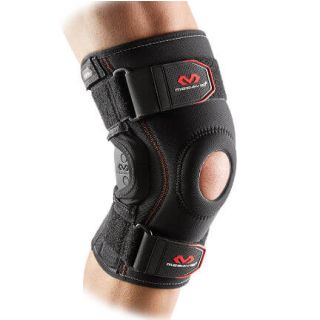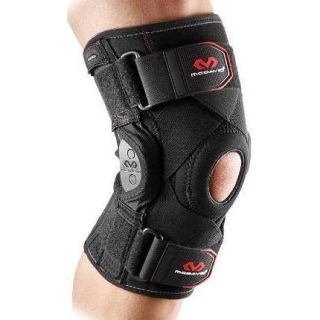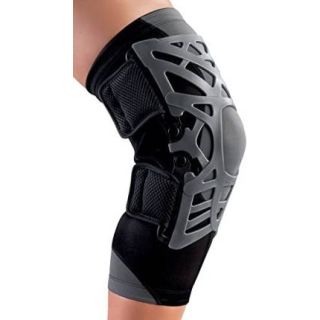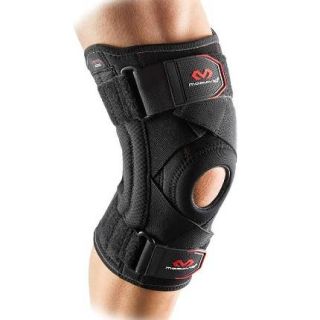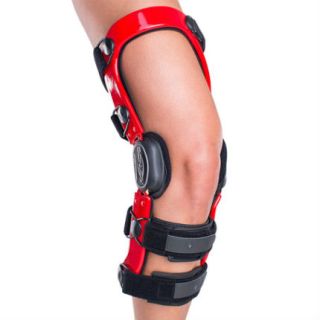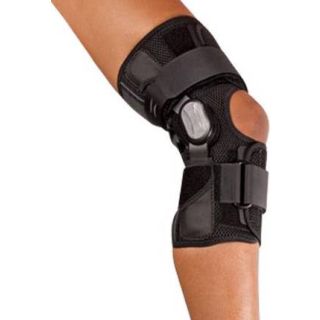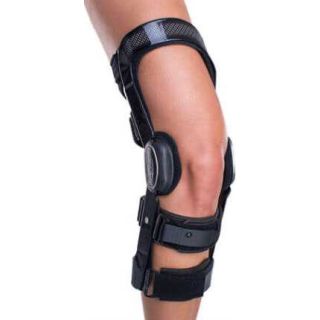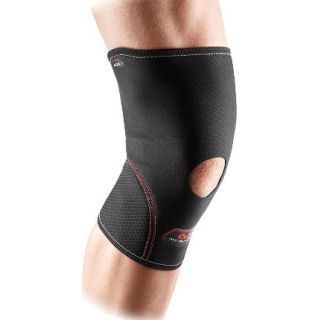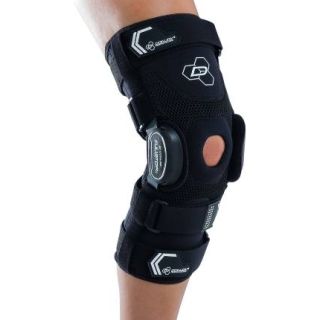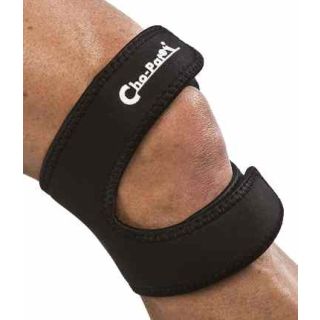-
 Details$69.99 $59.49
Details$69.99 $59.49 -
 Details$104.99 $87.99
Details$104.99 $87.99 -
 Details$99.99 $83.99
Details$99.99 $83.99 -
 Details$47.99 $42.99
Details$47.99 $42.99 -
 Details$1,289.99 $1,089.99
Details$1,289.99 $1,089.99 -
 Details$153.99 $141.99
Details$153.99 $141.99 -
 Details$79.99 $59.99
Details$79.99 $59.99 -
 Details$78.99 $69.99
Details$78.99 $69.99 -
 Details$579.99 $523.99
Details$579.99 $523.99 -
 Details$19.99 $15.99
Details$19.99 $15.99 -
Sale - Limited Time
 Details$218.99 $192.99
Details$218.99 $192.99 -
 Details$29.99 $29.99
Details$29.99 $29.99
Expert Guide: How to Choose the Right Knee Support for Hockey
Level 3: Rigid Hinged Braces (High Ligament Protection)
These are mandatory for players returning from severe ligament injuries (ACL, PCL, MCL tears) or who have chronic instability. They provide the highest level of mechanical restriction to prevent dangerous hyper-extension and lateral twisting.
- Key Feature: Four-Points-of-Leverage Dynamic System (often used by DonJoy and Breg) to distribute load away from the joint.
- Fit Requirement: Must be lightweight composite or aluminum and have a minimalist frame to sit flush against the leg under equipment.
Goalies: Specialized Rotational Control
The butterfly motion places unique stress on the MCL and meniscus. The best knee brace for hockey goalie requires rigid, non-restricting support optimized for the deep knee flexion required to drop down.
- MCL & Meniscus Focus: Look for braces that provide superior medial (inner) support to counteract the valgus force applied when the knee is pressed against the ice during the butterfly.
- Design Priority: Minimal profile behind the knee and hinges designed to glide seamlessly against leg pads and gear.
Level 1 & 2: Compression and Stabilization
For minor strains, general soreness, or preventative warming, a compression sleeve or stabilizer brace is the ideal hockey knee support. These provide therapeutic heat and proprioceptive feedback.
- Sleeves: Best for mild swelling, muscle fatigue, and light sprains. Look for moisture-wicking materials.
- Stabilizers: Feature flexible stays or mild hinges to offer more lateral guidance than a sleeve, often with patella support rings. Great for returning to play after minor injuries.
Sizing for a True Low-Profile Fit
The biggest challenge in hockey is preventing the brace from slipping or bunching under your pads. To achieve a low-profile design, accurate sizing is non-negotiable. Always measure your leg circumference:
- At the Knee Center: Directly over the patella.
- 6 Inches Above: Measure the circumference of your thigh 6" above the center of the kneecap.
- 6 Inches Below: Measure the circumference of your calf 6" below the center of the kneecap.
The Integrated Bracing Alternative
If bulk is your primary concern, consider integrated bracing technology (like Stoko). These systems use high-strength, adjustable cables woven directly into compression apparel, providing medical-grade stability without any rigid frame or bulk. While DME-Direct specializes in traditional braces, this technology represents the absolute thinnest option available for full ligament support.

